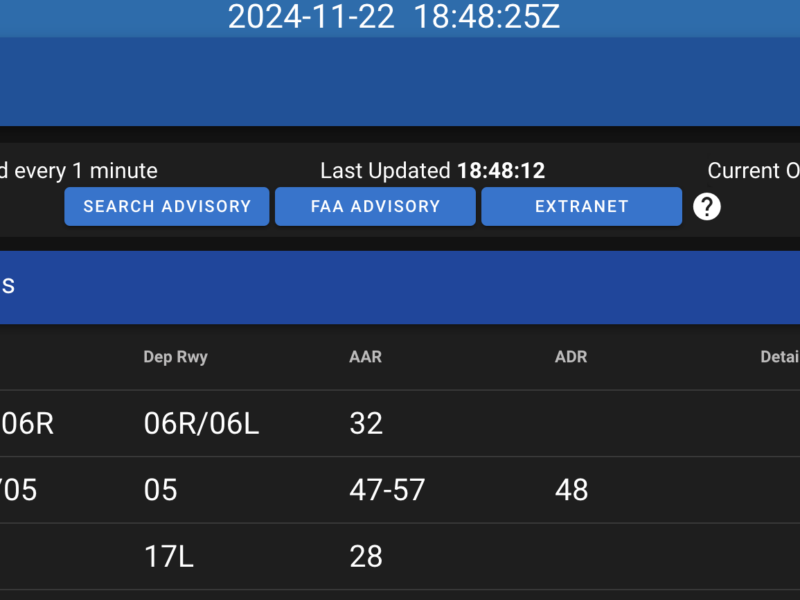I spent a few hours on Tuesday booking flight time with the on line scheduling software. I decided to take a peek again on Thursday and noticed that there was an opening for today. I booked it and prayed that the weather would be nice.
I got up this morning to a blue sky! The first one in probably 2 weeks. Called dispatch and the lesson was still on – awesome!
Today was going to be the same stuff we did in the sim, but in real life. I did the walk around with the FI. The important item to note about the walk around is that you do it the same time, each time. This way you wont forget anything. The FI had a good suggestion: start with the oil and fuel levels. This way, if you need any, you can call flight services now and continue your walk around while they come and top up your plane. I’m going to buy a fuel tester cup, so that I don’t have to borrow the CFIs all the time… They’re only $4.
As part of the walk around, you have to test the fuel at strategic points. You are looking for anything thats not right, water, sediment, etc.. One of the locations is the fuel strainer. The “testing port” (I cant remember what the real name is) is located under the engine at the front of the plane. You have to stick your hand on the top to pull the valve, then reach all the way under and hold the cup under the cowling (it’s what covers the engine). I’ve been assured that this is possible. Today the FI pulled the valve while I had the cup ready.
Dont worry, we dump all the fuel we test into a jerry can.. I don’t know what happens to it when its full.
Note to self: Take off your jacket before entering the aircraft. It was almost impossible to do so once I was sitting in the left side. You should have seen me squirming to get my coat off.
 Today was particularly busy there were about 4 planes in front of us. While we were holding short, three airplanes landed. We were critiquing their landings. I have a better idea of what’s “too high” and “too low”. Someone on the radio asked for the tower to use light signals. I’m amazed the tower agreed because it was such a busy day.
Today was particularly busy there were about 4 planes in front of us. While we were holding short, three airplanes landed. We were critiquing their landings. I have a better idea of what’s “too high” and “too low”. Someone on the radio asked for the tower to use light signals. I’m amazed the tower agreed because it was such a busy day.
We took off on runway 15 and turned to head to the practice area. We took this opportunity to get “the picture” of what cruise flight looks like. We then did some turns and climbs/descends. It was true when she said things would be easier in an actual aircraft.
The next exercise involved the throttle and the rudder. When you increase the throttle, the airplane climbs and veers left. When you decrease the throttle the airplane descends and veers to the right. The idea is to compensate for the veering by using your rudder. I was able to complete it without any issues.
One the way back, we did some trim work. This involved the FI turning the trim wheel a few times so that you feel pressure on the yoke. I had to trim the plane back. The trim allows you to fly the plane without having to worry about always pulling back, or pushing forward on the yoke to maintain level flight.
One thing I need to work on is not rushing any corrective movements. The plane takes a little while to do what you expect it to do. Reducing the throttle doesn’t make the plane pitch and yaw immediately. So keep that in mind when you need to apply rudder.
So for my next lesson I hope to have my own headset (ordered it a few days ago) and a fuel tester. The FI also mentioned that we are going to be using my charts this time too, so bring them along!


